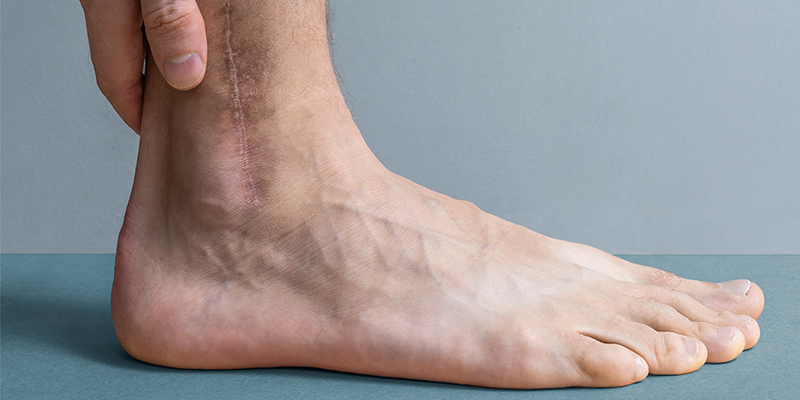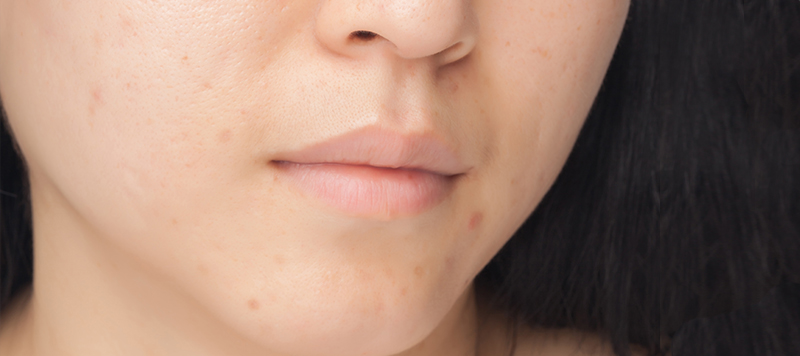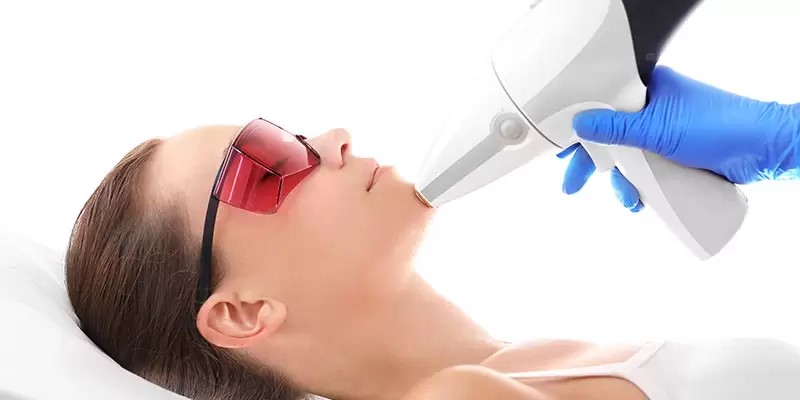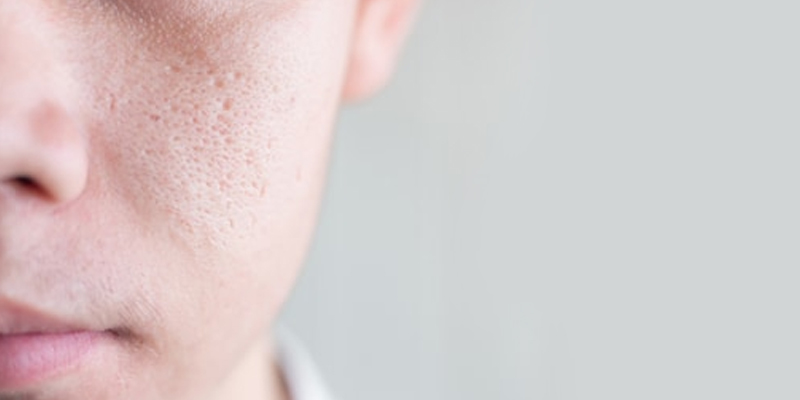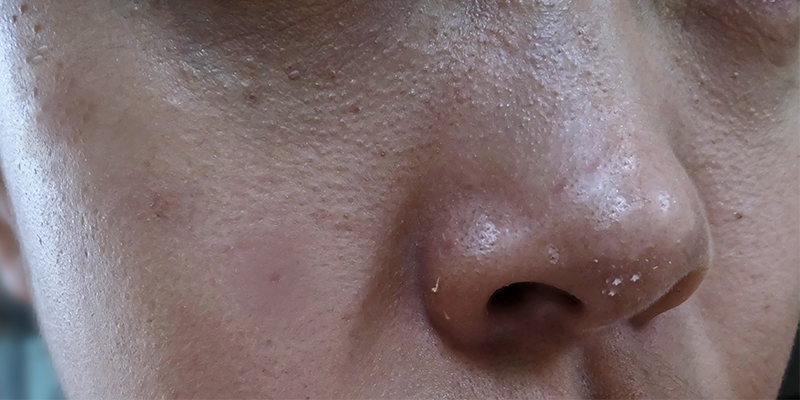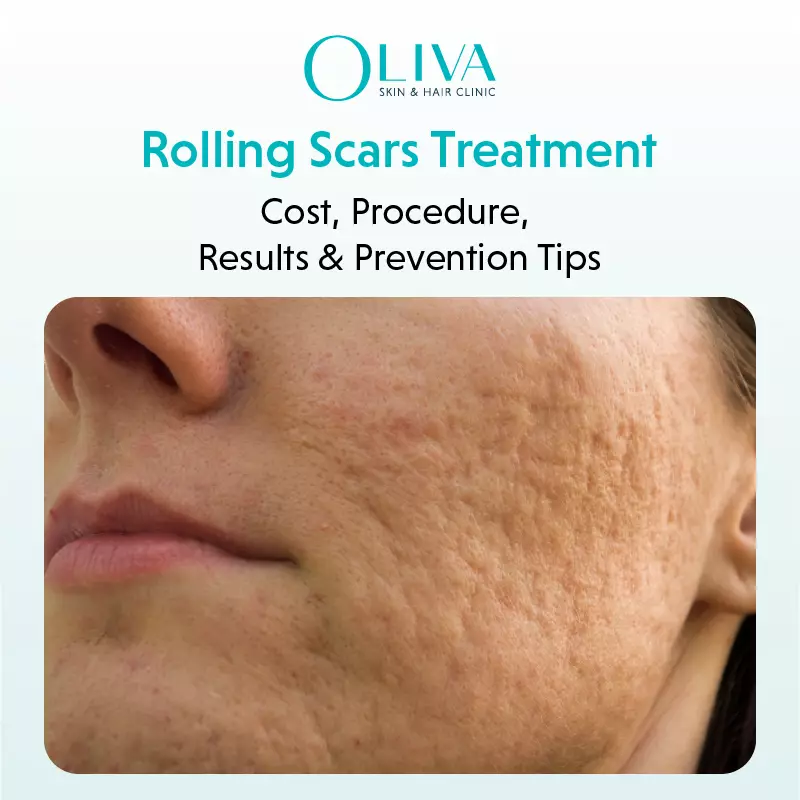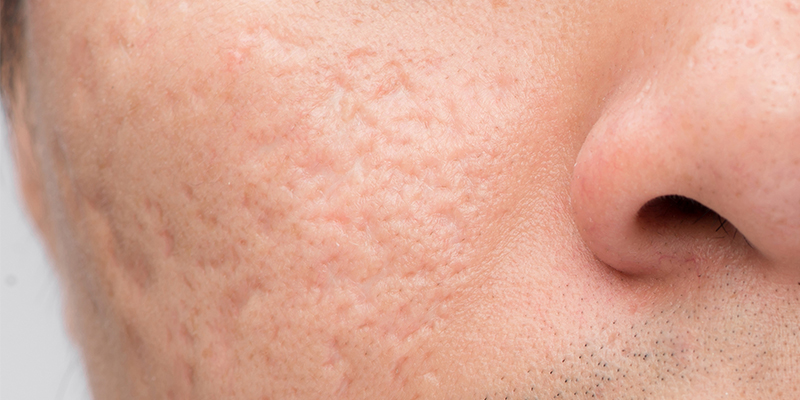How To Remove Scars On Your Legs?
Scars and marks on legs are not uncommon. Tanning, pigmentation, underlying hormonal changes or certain skin conditions, injuries and allergies can result in the appearance of scars. Even though these scars do not impact your overall health, some people may find them a significant aesthetic concern. If you have scars on your legs, read this article to know about the safe and effective treatments for getting rid of them right here!
What Are The Causes Of Scars On Legs?
Anyone can get a scar as a result of trauma or injury to the skin. Scarring may become more noticeable due to increased production of melanin, a pigment which gives healthy skin its colour. A scar is a sign of your skin’s healing response and does not pose a danger to your overall health.
One of the most common causes of scars on legs is scratching. Itchiness can be a result of dry skin, eczema or poor hygiene. Let’s find out the other causes of scars on legs that may include the following:
- Old Hair Removal Methods – Individuals with thick and dense body hair may be prone to scarring on the legs as a result of ingrowth caused by the use of conventional hair removal methods like waxing, epilation and shaving. Besides, associated skin inflammation may cause localised infection and subsequent scarring. Several women choose to shave unwanted hair and suffer from cuts leading to razor scars on the legs, which may vary in size and appearance based on the severity and depth of the scrape.
- Mosquito/Bug Bites – Insect bites by bed bugs, mosquitoes, ants, fleas and flies can make the skin quite itchy, and if scratched excessively, can cause infection and scarring. Scars due to mosquito bites are quite common. Persistent scratching can lead to larger raised bumps called hypertrophic scars in a few.
- Diabetes – High blood sugar levels can adversely affect several organs of the body, including the skin, especially on extremities. Minor cuts and wounds take much longer to heal and may leave scars due to poor circulation and nerve damage associated with diabetes.
- Skin Diseases – Conditions such as chickenpox, lichen planus, eczema, psoriasis, folliculitis, drug rash and more can lead to dark spots and scars.
- Injuries –Scarring is a sequela of injury, trauma, burn, surgery and vaccination and occurs as a sign of skin healing.
Must Read: What Are Acne Scars And How To Manage Them?
How To Remove Scars On Legs?
Now that you know about the primary causes, it’s time to explore the treatment options for removing the scars on legs.
- Chemical Peel – Chemical peel for scars on legs is a safe treatment for reducing mild scarring, by using a plant-based solution. It triggers controlled exfoliation and skin renewal by removing the damaged layers and revealing the new skin that is visibly smoother and noticeably less irregular in colour and texture. This treatment for scars on legs is more effective than the use of physical exfoliators as it activates the body’s natural response to produce collagen to help fill in the scarred tissue.
- Laser Therapy – Laser treatment for scars on legs is an effective method to minimise the appearance and thickness of scars through induction of new collagen. It involves the use of light therapy to remove the outer skin layer. Alternatively, laser scar removal from legs can also stimulate the growth of new skin cells that can reduce the visibility of damaged tissue.
- Steroid Injections – Dermatologists administer the steroid injections containing triamcinolone directly into the keloidal scars. As a result, the scars become flat and appear less prominent.
- Microdermabrasion – It is a non-invasive procedure to remove the top-most layer of the skin with a specialised tool. This stimulates the healing of the skin making scars less noticeable in a few sessions.
- Dermabrasion – Dermabrasion is a minor surgical and invasive skin resurfacing procedure, which injures the upper and dermal layers of the skin in a controlled manner. Experienced dermatologists perform them in medically-controlled conditions. This method is useful for treating deeper indented scars or acne scars on the legs. Post-procedure, new skin forms which subsequently reduces the appearance of the scarred tissue. This method of scar treatment has become obsolete with the invention of lasers and energy-based devices.
- Skin Lightening Creams – These topical applications reduce the appearance of scars, as they contain various skin lightening agents, which help in reducing the hyperpigmentation associated with the scar, thereby making it less visible. It is best to consult a dermatologist before using one to attain optimal results without any side-effects.
Do Scar Removal Creams Really Work?
Since many scar removal creams flood the market, it’s essential to know if they score over procedural treatments or not to make an informed choice while looking for the best option for scar removal from legs.
- Efficacy – Creams usually take much time to show even mild results. They may be helpful to lighten the marks to a limited extent, but they cannot improve the texture of scars. However, advanced dermatological treatments give quick and visible results by improving both the colour and texture of scars within a few sessions.
- Side-Effects – Creams may contain harsh chemicals, which may not be suitable for your skin. Expert dermatologists perform scar removal treatments to provide safe and effective results.
- Cost – Over the counter, creams and gels may appear cheap at first, but they are just a temporary solution though their outcomes are generally not very apparent. The dermatological treatments are cost-effective, considering their long term effectiveness. These clinically-approved procedures are risk-free treatment options to attain desired results when performed by an experienced dermatologist.
Must Read: How Much Does It Cost To Remove Scar?
Before And After Results
Professional scar removal treatments help to lighten the appearance of scars on the legs. The below image will give you an idea about the changes you may expect post 6-8 sessions of treatment:
How To Prevent Scars On Legs?
Different types of wounds or injuries warrant various preventive measures to minimise scarring. Here are a few simple tips you can follow to reduce the risk of scarring:
- Rinse the injured area with cold or lukewarm water and allow it to dry.
- To prevent infection, apply an antibacterial ointment using a sterilised applicator.
- Cover the area with a bandage.
- If you notice that the wound is not healing, you should seek medical attention immediately.
- As the wound starts healing, you can use suitable moisturisers to encourage the growth of new skin in the affected area.
- Avoid picking the wound/scab.
- Use sunscreen to prevent skin discolouration.
Must Read: How To Remove Old Scars?
If the above tips are not working for you, it is advisable to reach out to an expert dermatologist who may provide a holistic medico-aesthetic solution to remove the scars on your legs. Visit Oliva Skin & Hair Clinic to find out more about our advanced scar removal solutions today!




